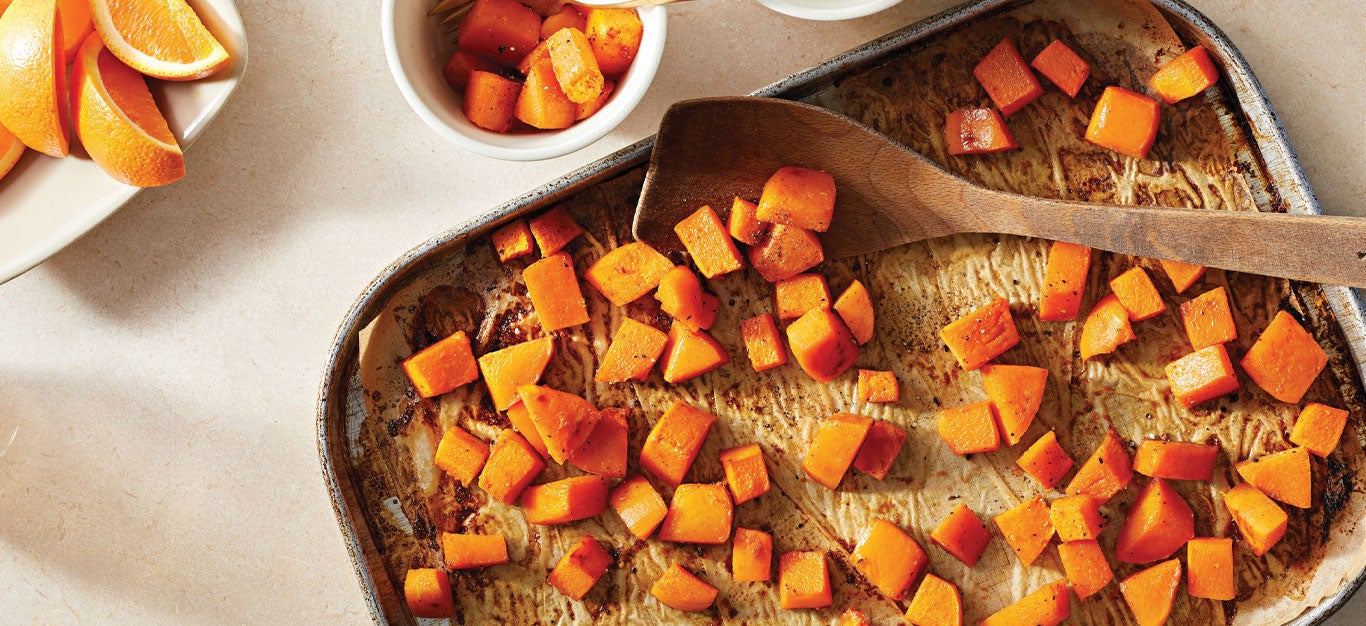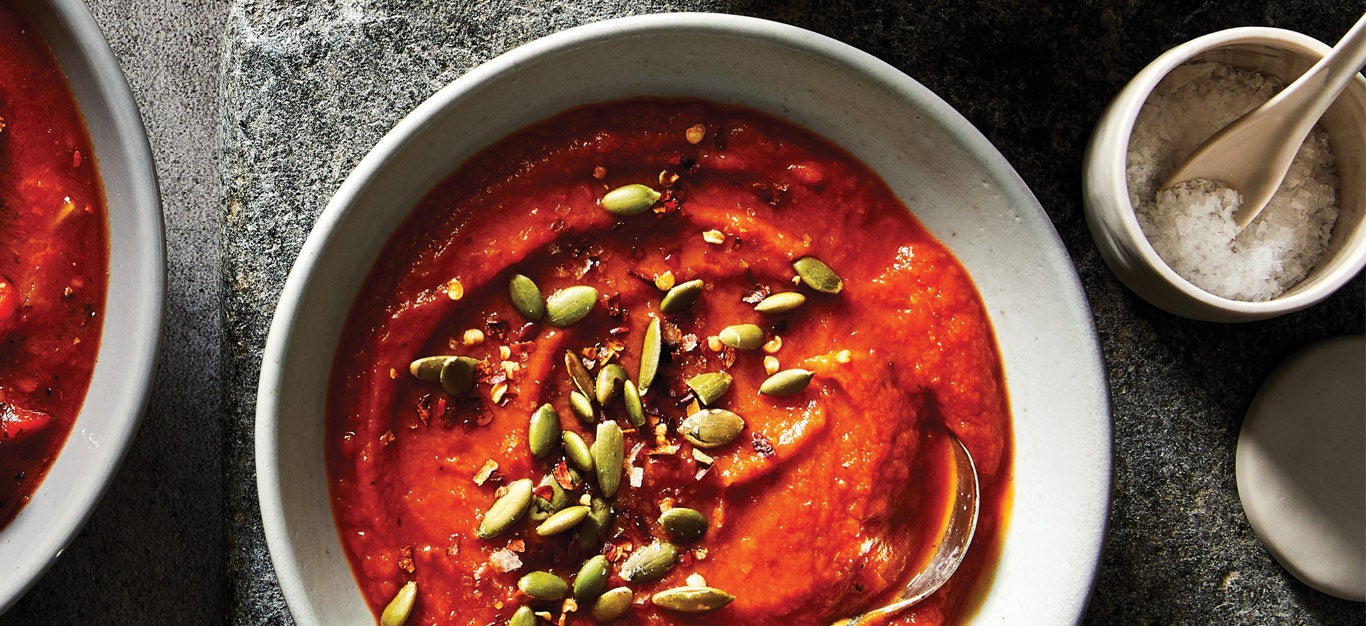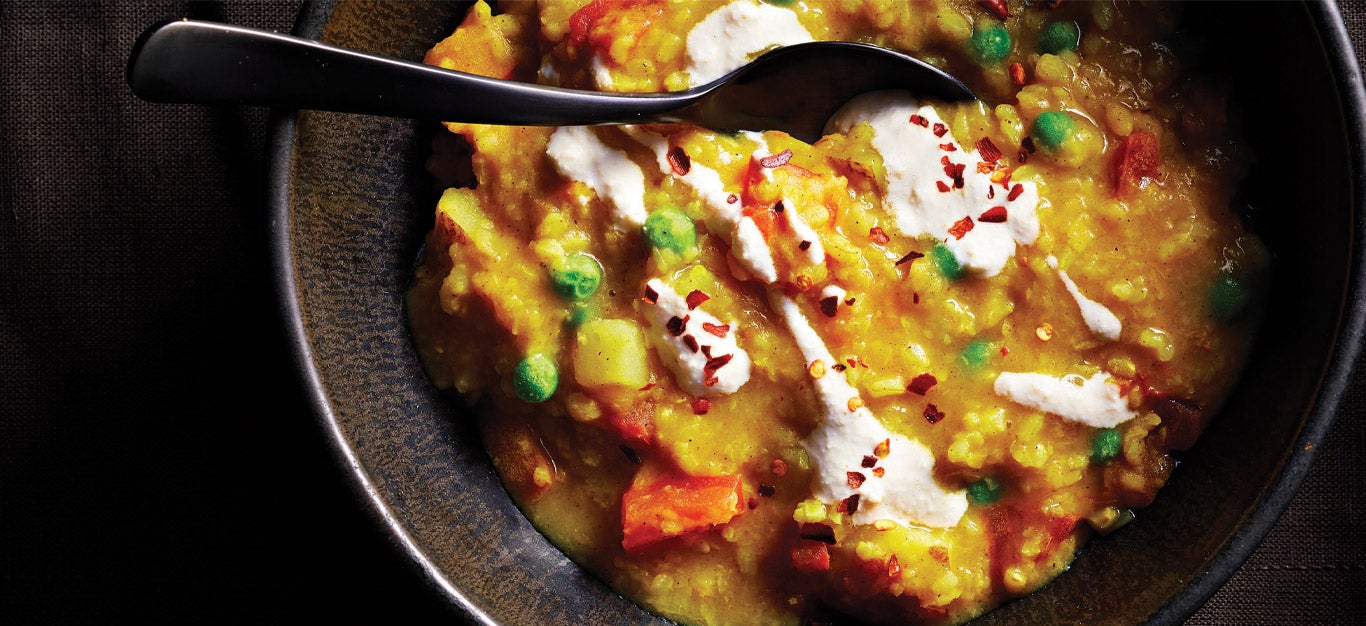- Prep-time: / Ready In:
- Makes 4 large whole rolls (16-24 pieces, depending on how large or small you cut them)
- print/save recipe
Trumpet mushrooms, when cooked, have a texture similar to raw fish, which makes them perfect for vegan sushi rolls. The filling options are endless, and while making them takes a little preparation, they are well worth it, as an alternative to rice and steamed veggies, or as an impressive potluck or party contribution.
From straightupfood.com
By Cathy Fisher,

Ingredients
- 2 cups sweet brown rice
- 4 cups water
- 4-6 Trumpet mushrooms
- 1 teaspoon garlic powder
- 1 teaspoon granulated onion
- ½-1 cup water for sauteing
- 2 large carrots, julienned
- 1 cucumber, seeded and julienned
- 2 avocados, sliced
- 20 leaves fresh basil, chopped
- 4-6 sheets of sushi nori (made from seaweed)
Instructions
- Combine the rice and water in a large pan, bring to a boil, reduce heat to simmer and cover. Cook for 50 minutes. Remove from heat and let stand with lid on for 10 minutes. Remove lid, set aside and let cool. While the rice is cooking, prepare the mushrooms and filling ingredients.
- To prepare the Trumpet mushrooms, cut them into lengths and sauté them with the onion and garlic powder, adding water as you go so they do not stick. Sauté for 5 to 10 minutes until softened. Remove and set aside.
- Using a mandolin slicer, julienne the carrots and cucumber; or use a chef’s knife to cut into very thin strips. Slice the avocado after removing the skin and pit. Chop the basil. Put everything on a big plate (in piles) so you’ll be ready to roll (so to speak) with your nori sheets.
- Place a piece of Nori on top of a sushi mat (or silicone mat or a 12×12-inch square of plastic wrap), and spread about a half-cup of rice in a thin layer over most of the seaweed wrapper, leaving some space around the edges. Arrange the mushrooms and vegetables in a line parallel to the bottom edge (closest to you). You can put in as much or little as you like.
- To roll up, follow the directions on the nori package, or simply roll away from you, keeping the ingredients tight together so they don’t spill out on the sides or front (you should be rolling with the sushi mat too; this keeps things even and helps the nori not to tear). After the first complete roll, squeeze it in toward you to really smash everything together (this will keep things from falling out after you cut the roll). Continue to roll again so that the remaining bit of nori is rolled up and it looks like one long tube. Give it another really firm squeeze. Remove it from the sushi mat and, using a serrated knife, cut into two large pieces, or four to six smaller pieces (you may want to trim off the ends).
- Optional: Garnish with sesame seeds. If you want to use soy sauce or tamari (fermented, wheat-free soy sauce), you can dilute it with water to lower the sodium content. I also like to use a little wasabi (a flavor between hot mustard and horseradish). Sometimes I make a dipping sauce in my high-speed blender, using 8 soaked macadamia nuts (other nuts would work too), ½ teaspoon of wasabi powder, 4 tablespoons of water and a little fresh ginger.
Notes:
Mushrooms: Trumpet mushrooms are so great in this, but you may also use any other kind of mushroom. Shitakes would be my second choice due to their chewy texture, but portabella and cremini would be good too.
Rice: I like using “sweet brown” rice for these rolls because it is the stickiest of the brown rices (like sushi rice). You may also use regular “short-grain” brown rice, Lundberg’s “Golden Rose” brown rice, or “Haiga” rice (partially milled with the bran removed but not the germ). Haiga is a little harder to find in regular stores, but I have found it at Whole Foods in the bulk section, or at Asian markets (its shape and color is closest to white rice).
You may also use lightly steamed cauliflower instead of brown rice, but don’t over-steam it because it will get too mushy. Pulse the cauliflower a few times in the food processor until it looks like rice; don’t over-pulse. While I’m not a fan of the strong flavor, some people like to use the cauliflower raw (but still pulsed in the food processer).
Rice seasoning: In traditional sushi roll recipes, the rice is seasoned with rice vinegar, salt, sugar and/or mirin, a sweet Japanese rice wine. I have skipped this step because I think it tastes just fine without these additions, and it also cuts out a step (and I don’t use salt or sugar in my recipes). But if you want to go the traditional route, just Google “sushi rice” recipes.
Collards instead of Nori: You may also use steamed collard greens instead of nori seaweed sheets. Just trim the thick ends of the collards, steam or boil them for 5 or so minutes (they are pretty sturdy), and blot off water with a paper towel. Let cool before filling. Roll as usual, but after first roll and squeeze, tuck the ends in (like a spring roll), then finish rolling. You could use the collards raw, but they are very fibrous and can be hard to chew.
Optional filling items: Sprouts, bell peppers, Daikon radish, scallions, tofu, cilantro, pea shoots, peanuts or walnuts, cooked soba noodles (cold).





Comments (0)
(0 from 0 votes)